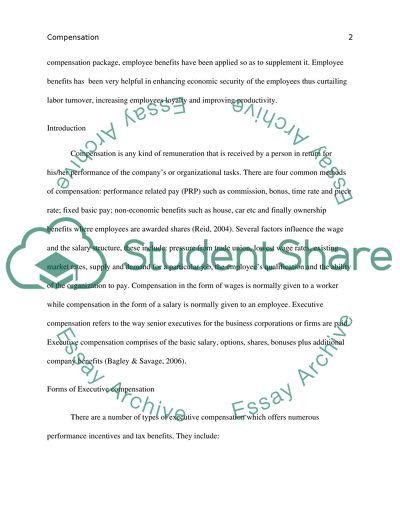Cite this document
(“Executive Compensation and Employee Benefits Term Paper”, n.d.)
Executive Compensation and Employee Benefits Term Paper. Retrieved from https://studentshare.org/miscellaneous/1501179-executive-compensation-and-employee-benefits
Executive Compensation and Employee Benefits Term Paper. Retrieved from https://studentshare.org/miscellaneous/1501179-executive-compensation-and-employee-benefits
(Executive Compensation and Employee Benefits Term Paper)
Executive Compensation and Employee Benefits Term Paper. https://studentshare.org/miscellaneous/1501179-executive-compensation-and-employee-benefits.
Executive Compensation and Employee Benefits Term Paper. https://studentshare.org/miscellaneous/1501179-executive-compensation-and-employee-benefits.
“Executive Compensation and Employee Benefits Term Paper”, n.d. https://studentshare.org/miscellaneous/1501179-executive-compensation-and-employee-benefits.


